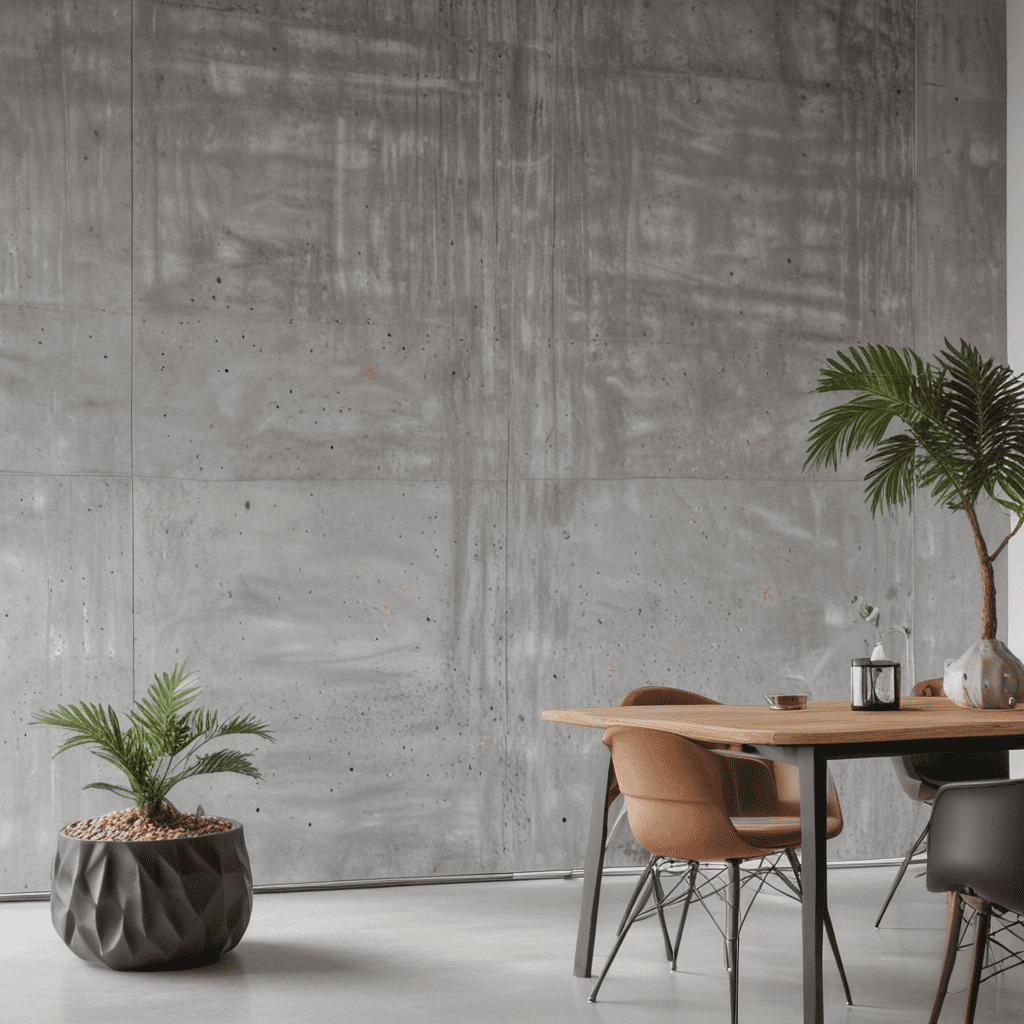Sustainable Landscaping: How to Keep Your Yard Looking Great While Conserving Resources
Sustainable Landscaping: How to Keep Your Yard Looking Great While Conserving Resources
Introduction to Sustainable Landscaping
In today’s world, where environmental sustainability is a pressing concern, adopting sustainable practices in all aspects of life is crucial. This includes our outdoor spaces, specifically our yards and gardens. Sustainable landscaping is a concept that combines aesthetics with resource conservation, allowing us to create beautiful and eco-friendly outdoor spaces. By incorporating sustainable landscaping practices, we can minimize our environmental impact, conserve water, enhance biodiversity, and create a tranquil haven right in our own backyard.
Key Elements of Sustainable Landscaping
To achieve a sustainable landscape, there are several key elements that homeowners should be aware of. These elements work together to create a harmonious and environmentally friendly outdoor space.
Element 1: Native Plants
Using native plants in your landscape design is not only beneficial for the environment but also for the overall health and longevity of your yard. Native plants are adapted to the local climate, requiring less water, fertilizer, and pesticides than non-native plants. They also provide habitat for local wildlife and contribute to the biodiversity of the area.
Element 2: Efficient Water Use
Conserving water is a crucial aspect of sustainable landscaping. Implementing efficient irrigation systems, such as drip irrigation or smart controllers, can significantly reduce water waste. Additionally, incorporating water-saving techniques like mulching and creating rain gardens can help retain moisture in the soil and reduce the need for frequent watering.
Element 3: Soil Health
Maintaining healthy soil is essential for sustainable landscaping. By improving soil fertility through the use of compost, organic matter, and natural fertilizers, you can enhance plant growth and minimize the need for chemical inputs. Healthy soil also promotes better water infiltration, reducing runoff and erosion.
Element 4: Wildlife Habitat
Creating a wildlife-friendly landscape is not only visually appealing but also promotes ecological balance. By providing food, water, and shelter for native birds, insects, and other wildlife, you can support local ecosystems and help preserve biodiversity. Incorporating features like bird feeders, butterfly gardens, and bat houses can attract beneficial wildlife to your yard.
Element 5: Efficient Energy Use
Sustainable landscaping also considers energy conservation. Strategically placing trees and plants to provide shade can help reduce the need for excessive cooling in the summer, lowering energy consumption. Similarly, creating windbreaks using trees or shrubs can protect your home from harsh winds, reducing heating costs in the winter.
Tips for Sustainable Landscaping
Now that we understand the key elements of sustainable landscaping, let’s explore some practical tips to help you create a sustainable and visually pleasing outdoor space:
- Tip 1: Choose Native Plants: Select plants that are native to your region as they are better adapted to the local climate, requiring less water and maintenance.
Tip 2: Implement Efficient Irrigation: Install drip irrigation systems or use smart controllers to optimize water use and reduce wastage.
Tip 3: Embrace Mulching: Apply mulch around plants to retain moisture, suppress weeds, and improve soil health.
Tip 4: Conserve Water with Rain Gardens: Create rain gardens or swales to collect and utilize rainwater, reducing the need for irrigation.
Tip 5: Compost and Organic Fertilizers: Use compost and organic fertilizers to enrich the soil, promoting healthy plant growth without relying on synthetic chemicals.
Tip 6: Encourage Wildlife: Incorporate bird feeders, birdhouses, and native plantings to attract beneficial wildlife and support local ecosystems.
Tip 7: Harness Renewable Energy: Consider incorporating solar-powered lighting or outdoor energy sources to reduce reliance on fossil fuels.
FAQ about Sustainable Landscaping
Question 1: Why is sustainable landscaping important?
– Answer: Sustainable landscaping is important as it helps conserve resources such as water and energy, promotes biodiversity, reduces chemical usage, and creates healthier outdoor spaces that benefit both humans and the environment.
Question 2: How can I reduce water usage in my landscape?
– Answer: To reduce water usage, you can implement efficient irrigation systems like drip irrigation, collect rainwater for watering, use mulch to retain moisture, and choose drought-tolerant native plants.
Question 3: Are there any benefits to using native plants in landscaping?
– Answer: Yes, using native plants in landscaping has several benefits. They are adapted to the local climate, require less water, and provide habitat for local wildlife. Native plants also contribute to the overall biodiversity of the area.
Question 4: Can sustainable landscaping save me money?
– Answer: Yes, sustainable landscaping can save you money in the long run. By reducing water usage, energy consumption, and the need for chemical inputs, you can lower your utility bills and maintenance costs.
Question 5: How can I incorporate sustainable landscaping in small urban spaces?
– Answer: In small urban spaces, you can still practice sustainable landscaping by using container gardening, vertical gardening, and incorporating native plants and efficient irrigation systems. Maximizing the use of available space and selecting appropriate plant varieties can help create a sustainable urban oasis.
In conclusion, sustainable landscaping is not only beneficial for the environment but also enhances the beauty and functionality of your outdoor space. By incorporating native plants, conserving water, improving soil health, supporting wildlife, and using renewable energy, you can create a sustainable and visually appealing landscape that contributes positively to the planet. So, let’s go green and transform our yards into sustainable havens!




